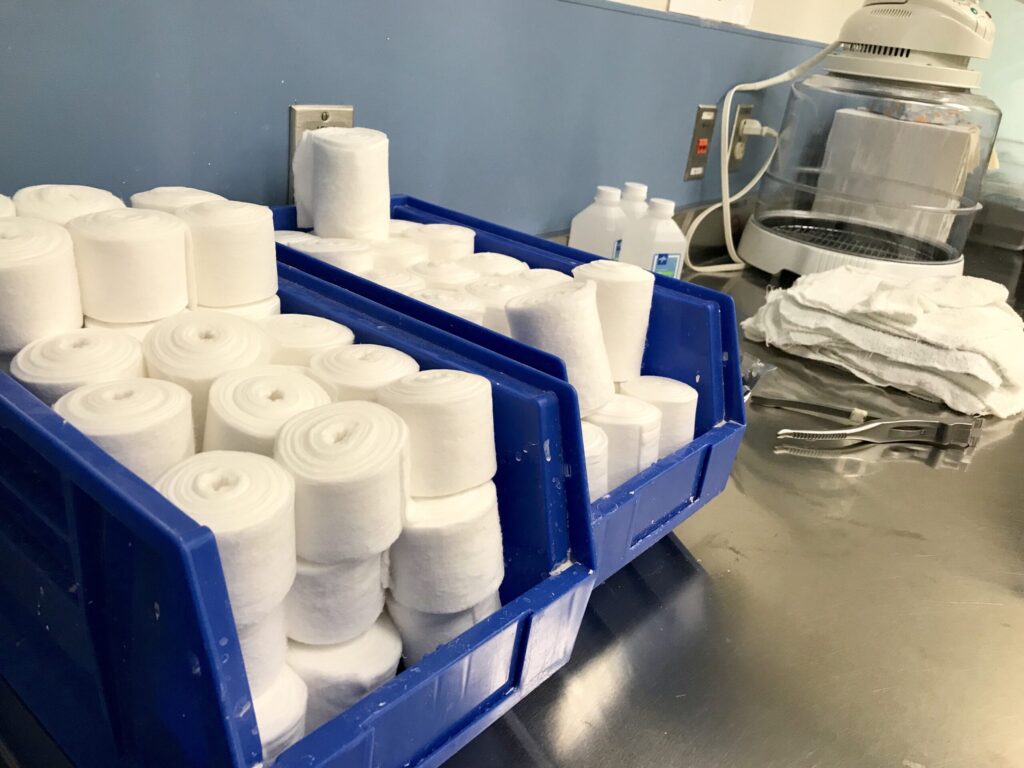The COVID-19 pandemic has magnified the importance of a reliable medical supply chain that can quickly respond to increasing demand. One way to improve this sector is by utilizing innovative software solutions. In this article, we’ll discuss how software innovations can help address medical supply chain shortages.
Streamlining the Medical Supply Chain

Efficient management of the medical supply chain is essential for addressing the shortage of medical products and ensuring their timely delivery. Advanced software solutions can help monitor and manage medical supplies, automate procurement processes, and better forecast demand. Integration of software projects outsourcing can further optimize the supply chain by providing scalable and cost-effective ways of meeting the changing needs of health care providers while reducing the risk of shortages.
Artificial intelligence (AI) and machine learning algorithms can analyze large volumes of data and help identify areas of bottleneck, which may lead to supply chain disruptions. This information can be used to proactively address potential issues before they become critical, ensuring the smooth functioning of the supply chain and meeting health care demands more efficiently.
Furthermore, incorporating blockchain technology into supply chain management can enhance the traceability of medical products. By enabling secure and transparent sharing of information, blockchain ensures proper recording of product information, reduces errors, and increases the overall integrity of the supply chain.
Improving Equipment Management
To optimize equipment management, software innovations can be integrated to track and maintain medical devices more efficiently. Internet of Things (IoT) devices can monitor the status and location of these medical assets, allowing health care organizations to keep an accurate inventory and promptly address maintenance needs. This can minimize equipment downtime and help allocate resources more effectively.
Cloud-based platforms can centralize the data collected by IoT devices, making it more accessible for decision-makers. These platforms also provide real-time updates and alerts, facilitating a proactive response to maintenance and supply chain requirements. Health facilities can thus better plan their equipment purchases and ensure cost-effective utilization of available resources.
Through these advanced equipment management systems, hospitals and clinics can reduce their dependency on emergency equipment procurement, which is more expensive and time-consuming, especially during critical situations, such as supply chain shortages.
Enhancing Collaboration Amongst Stakeholders

Effective collaboration among various players within the medical supply chain, such as manufacturers, distributors, and health care providers, is crucial for minimizing supply chain disruptions. Software innovations can enable better coordination among different stakeholders by providing a common platform for data management and communication.
Digital platforms can track and store data related to inventory levels, transportation processes, and delivery timelines, making it easier for everyone involved to stay informed and make data-driven decisions. Additionally, these platforms can include features that facilitate communication among stakeholders, such as instant messaging, notifications, and video conferencing, greatly enhancing collaboration within the supply chain.
By improving communication, digital platforms can lead to increased transparency and trust among stakeholders, enabling faster problem resolution and more effective decision-making during times of shortages.
Increasing Patient Security
With the integration of software innovations, the medical supply chain can ensure an added layer of patient security through secure data management and protection. These software solutions can provide digital identity management tools that protect patient information, such as electronic medical records, while still allowing access to authorized parties.
Moreover, by eliminating manual processes, advanced software reduces the likelihood of human errors, leading to improved prescription management, accurate treatment options, and better tracking of patients’ medication history. This increased accuracy and security can ultimately contribute to enhanced patient safety within the health care industry.
Health care organizations that incorporate software innovation into their supply chain management can monitor and address potential vulnerabilities in real time, mitigating risks of medication errors or patient data breaches that could have adverse effects on patient care. Altogether, integrating software innovations into medical supply chain management plays a key role in addressing shortages and improving overall efficiency. These solutions streamline the supply chain, optimize equipment management, enhance collaboration among stakeholders, and increase patient security, creating a more resilient and efficient health care sector.








